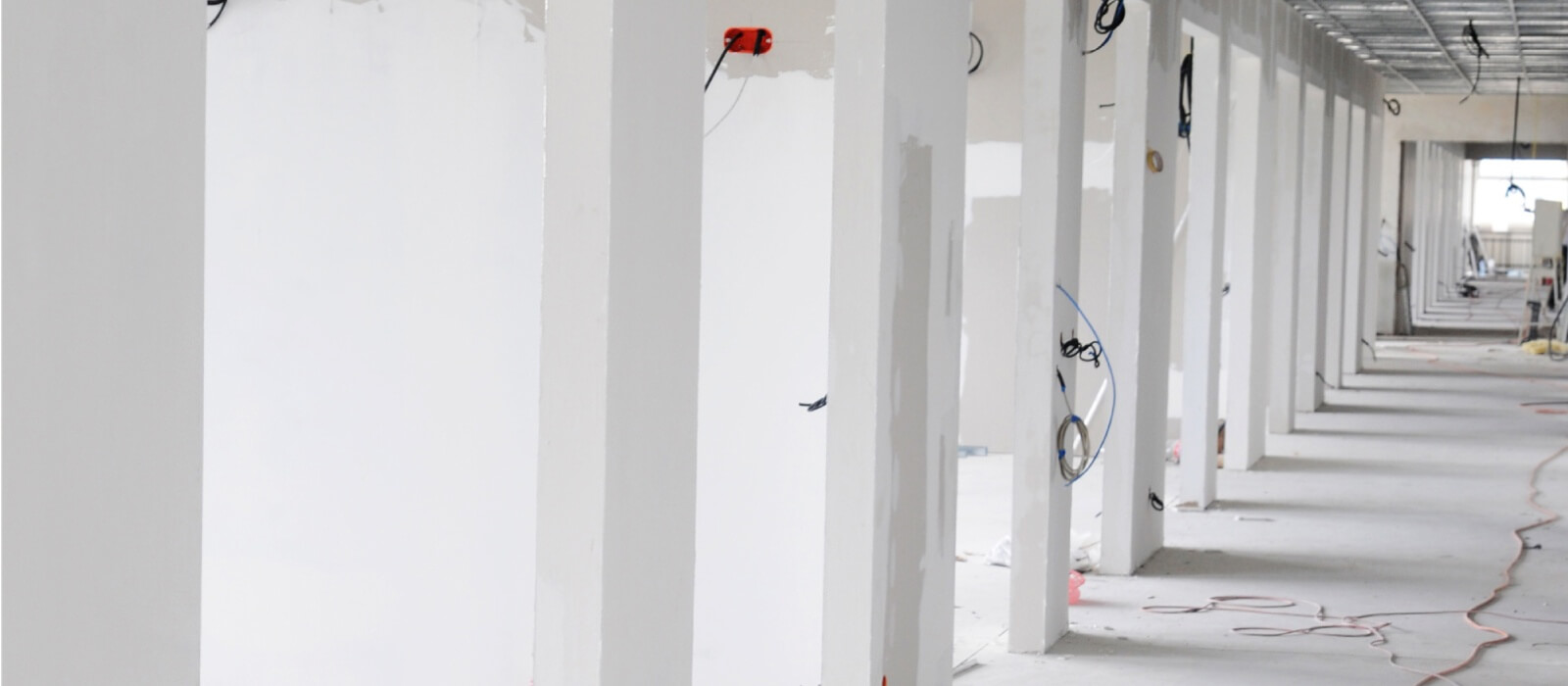Dead Legs in Water Systems Can Lead to Live Legionella: A Cost-prevention Feature Can Create Difficulties in Hospitals and Other Building Types

Design engineers and building owners should take notice: small features intended to prevent headaches down the line could be increasing their risk of waterborne infections. Many building systems are designed to allow for future expansion, which can lead to “dead legs” in domestic plumbing and heating, ventilation and air conditioning (HVAC) systems. This extra piping can have some significant trade-offs in terms of the cost-savings they’re intended to provide versus the potential risks they can present.
As an illustration of the potential risk, the U.S. Centers for Disease Control and Prevention (CDC)[1] currently reports that more than 6,000 cases of Legionella are reported annually, although they estimate the actual cases to be far greater in number because many cases are not properly diagnosed or reported. To reduce liability given the potential for Legionella outbreaks, building designers should include a careful review of the piping design relative to piping size (i.e., fluid velocities), intended cooling tower operation, and dead legs associated with future installation.
What are Dead Legs in Water Systems?
Prior to breaking ground, as institutions or corporations plan for expansion or a development firm invests in a new facility, they consider the schematic design for necessary utilities, including the building’s HVAC, electrical, and plumbing systems. These systems are often laid out to ease future expansion. The planned or renovated space may, for example, only require three chiller units in order to accommodate the building’s HVAC system, but a fourth may someday prove necessary. To accommodate future needs, extra condenser water piping may be installed and capped off, so additional cooling equipment can later be easily incorporated. Unfortunately, these so-called “dead legs” in water systems can create significant problems down the road for the building owner and occupants. The water in these areas does not circulate, and warm, stagnant water creates a particularly conducive environment for many kinds of bacteria, including Legionella, to proliferate.
Risk of Legionella Growth from Dead Legs
Legionella are commonly found bacteria that inhabit freshwater bodies, including ponds, rivers, and even moist soils. That means these bacteria already populate most drinking water supplies, which typically include either a municipal reservoir or a dedicated well. The water source can contain relatively small amounts of the bacteria. However, under the right warm and stagnant conditions, the bacteria can survive in biofilms and proliferate. Stagnation also reduces the effectiveness of the water disinfectant often provided by municipalities. Legionella can colonize in any warm water, including domestic hot water systems and HVAC components.
The most common source of exposure to Legionella bacteria is from aerosolized water droplets, for example, from outdoor air intakes located too closely downwind from a cooling tower. This presents a special concern in healthcare facilities serving patients with compromised immune systems. Others may be exposed as well, such as facilities personnel performing normal maintenance in close contact with cooling towers and HVAC systems. Depending upon the circumstances, an outbreak within a building can impact patient care, reduce workforce productivity and cause significant public concern.
The susceptibility of an individual varies, but age, history of smoking, and weakened immune systems are important factors. Legionella is transmitted by inhalation of aerosolized water containing live bacteria. Sources of exposure can include showers, sinks, whirlpool spas, decorative water fountains, cooling towers, and other HVAC system components, such as humidifiers. Any plumbing system containing dead legs can feed these exposure pathways. For example, a dead leg connected to a domestic water plumbing riser intended to supply a future expansion project does not receive a flow of water, creating a stagnant environment that can allow amplification of bacteria and ’seed’ the main portion of the connected system that is in use.
Consider the Risks and Options
While there are treatment options for prevention of, and if necessary, remediation and decontamination after a Legionella event, dead legs in piping systems defy most of these treatments because of their lack of water circulation. Water treatment chemicals often do not come in adequate contact with the dead leg/stagnant areas. This can provide a false sense of hope after treatment, temporarily believing the issue is addressed, where the bacteria laden biofilm can remain in these dead legs and ’re-seed’ portions of the connected water systems. This can cause a near never ending Legionella issue, until the dead legs are removed or otherwise addressed.
In practice, the anticipated benefits of the perceived “problem-solving” feature of designing plumbing systems to include future expansion potential should be weighed against the risks and costs of a potential Legionella outbreak and subsequent remediation efforts. The cost of such an event could also include illness and even death for those exposed, in addition to shut-down time, lost productivity, and potential negative publicity. For new construction, careful consideration should be given to valve placement in the plumbing systems of the new building to minimize piping runs or include regular flow even in backup components. Existing structures that already contain dead legs should be assessed in order to develop engineering solutions that would eliminate the stagnant areas and address these concerns. Some dead legs can be removed completely, while others need to be flushed or water use alternated, to ensure water does not become stagnant.
Notes
(1) U.S. Centers for Disease Control and Prevention (CDC) National Notifiable Infectious Diseases and Conditions: United States, Table 2h. Reported cases of notifiable diseases, by region and reporting area – United States and U.S. territories, 2016. https://wonder.cdc.gov/nndss/static/2016/annual/2016-table2h.html accessed July 19, 2019
Subscribe
to our blog
"*" indicates required fields




